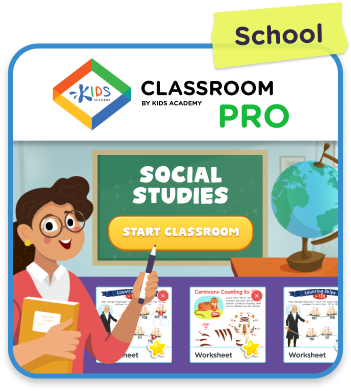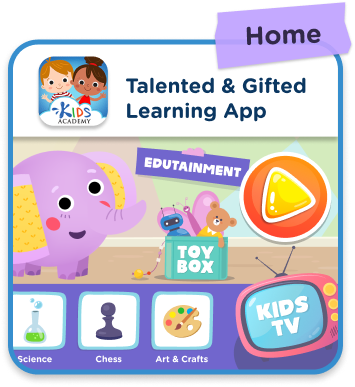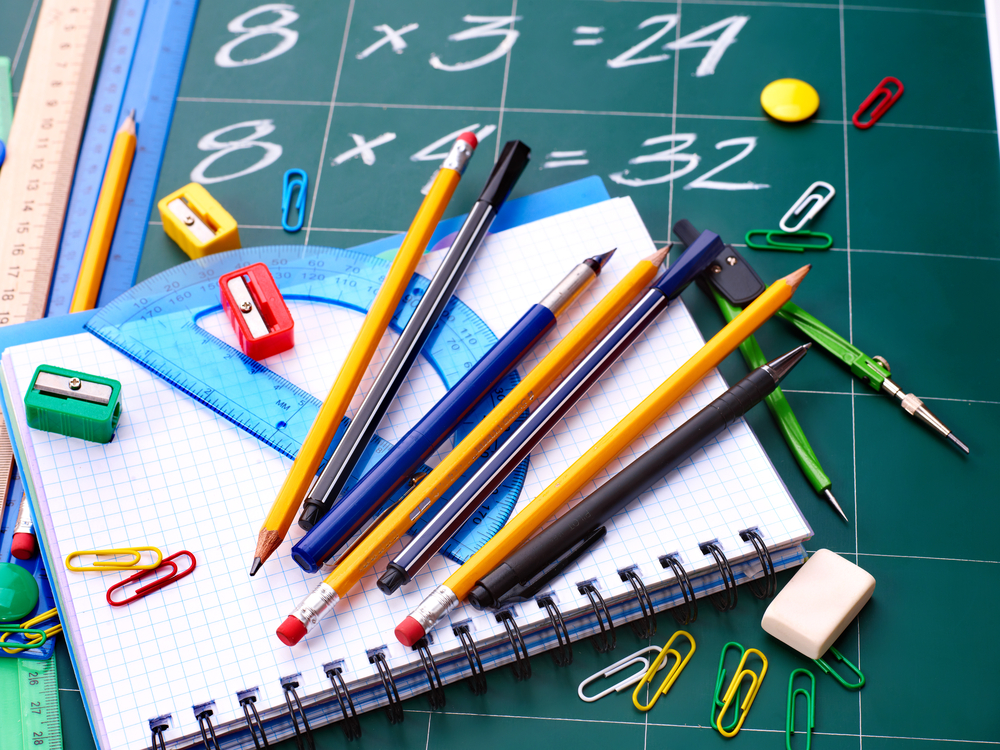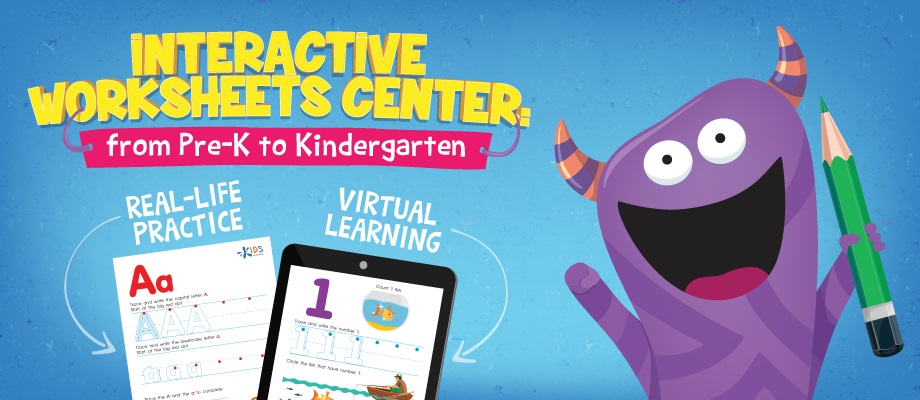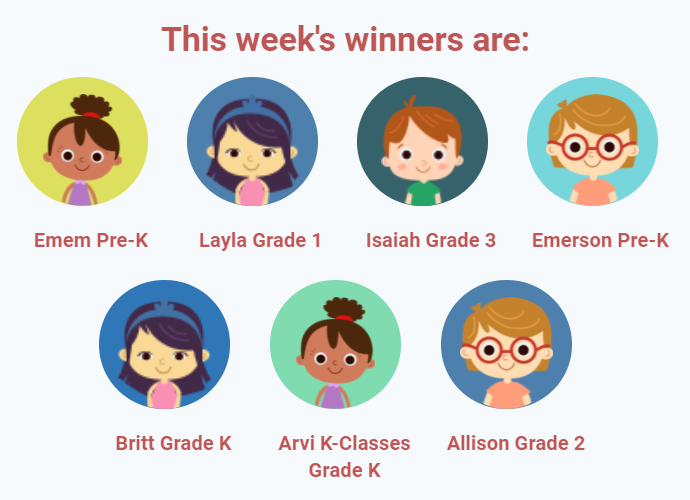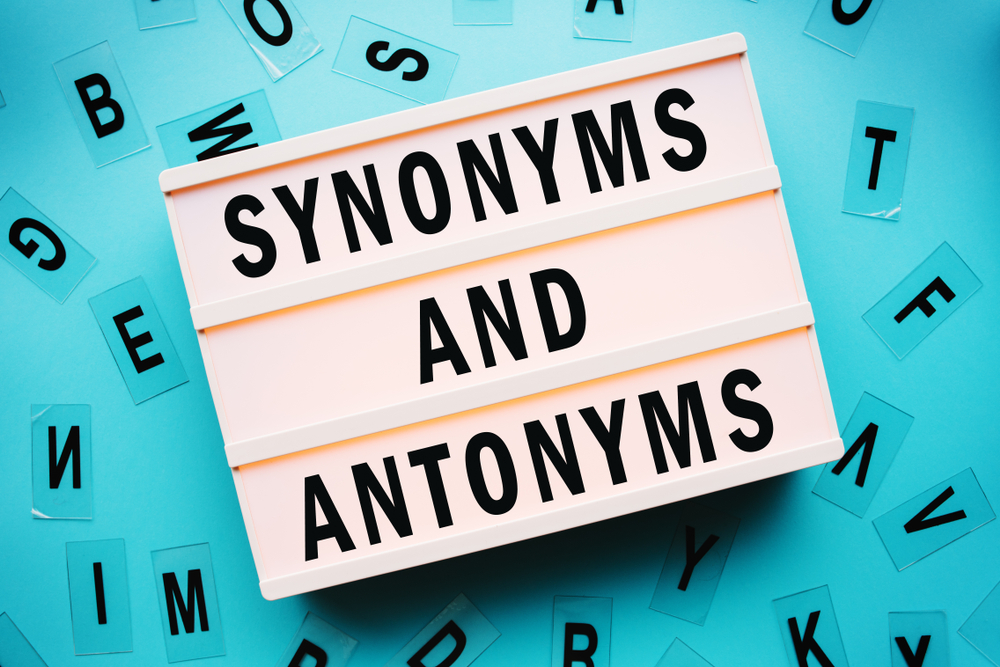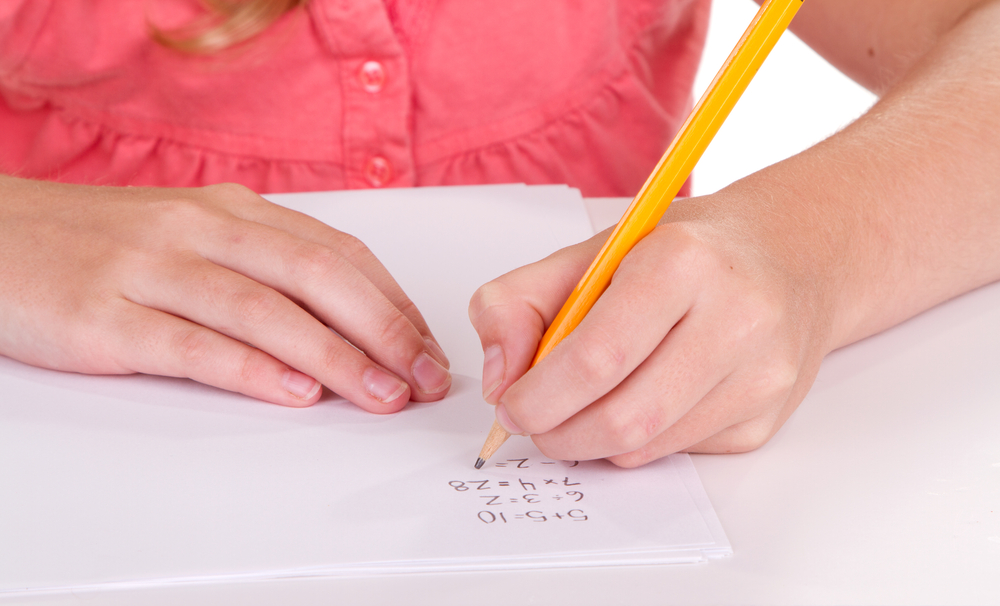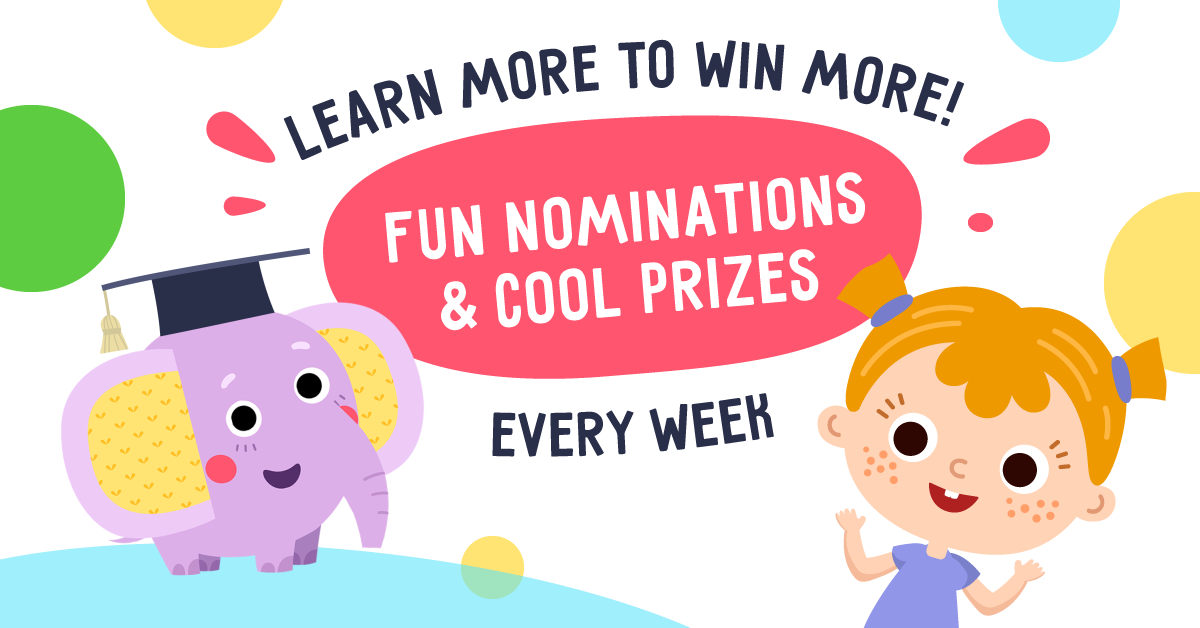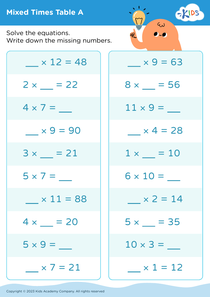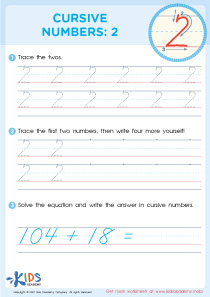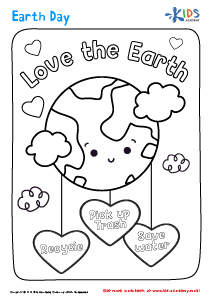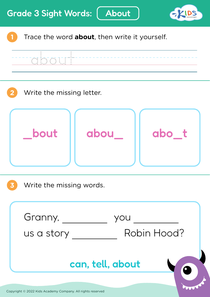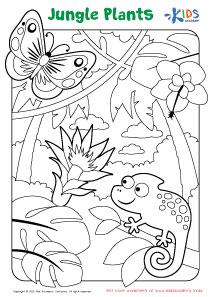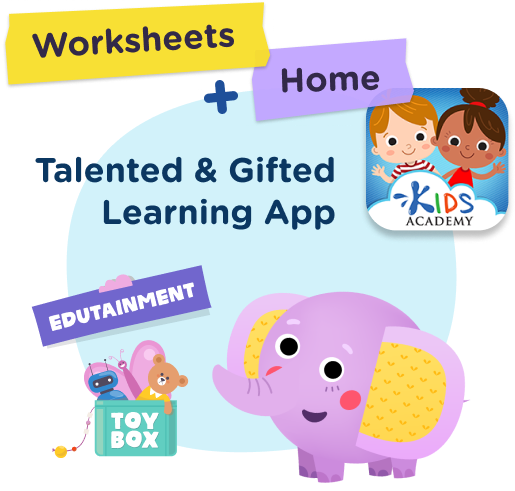Cursive Writing worksheets activities for Grade 3 - Page 2
26 filtered results
-
From - To
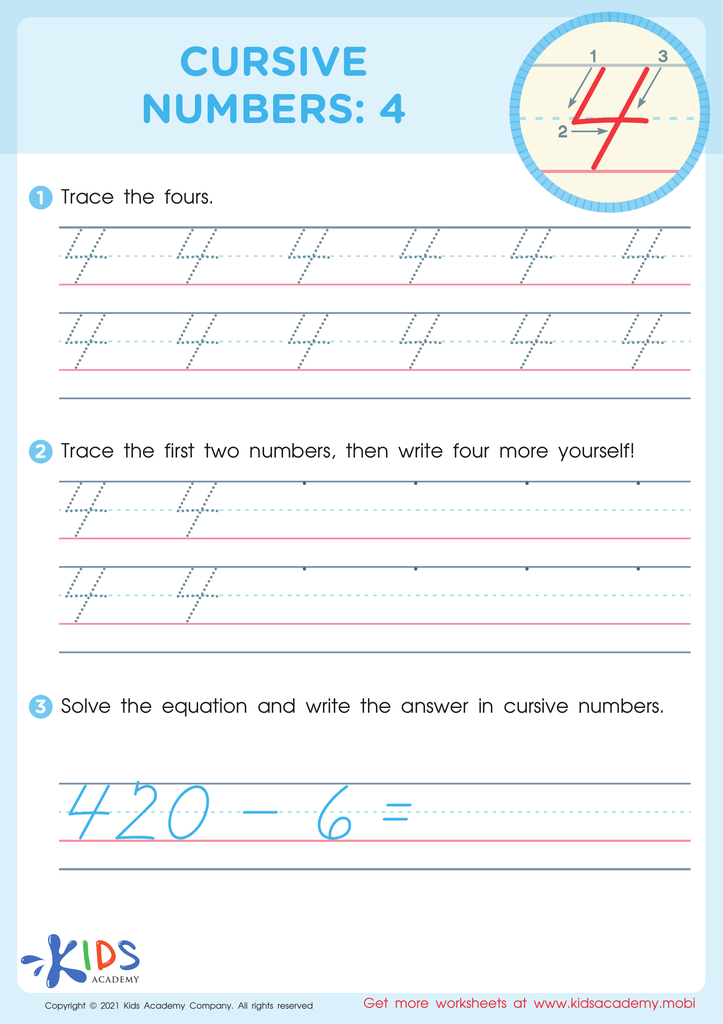

Cursive Numbers: 4 Worksheet
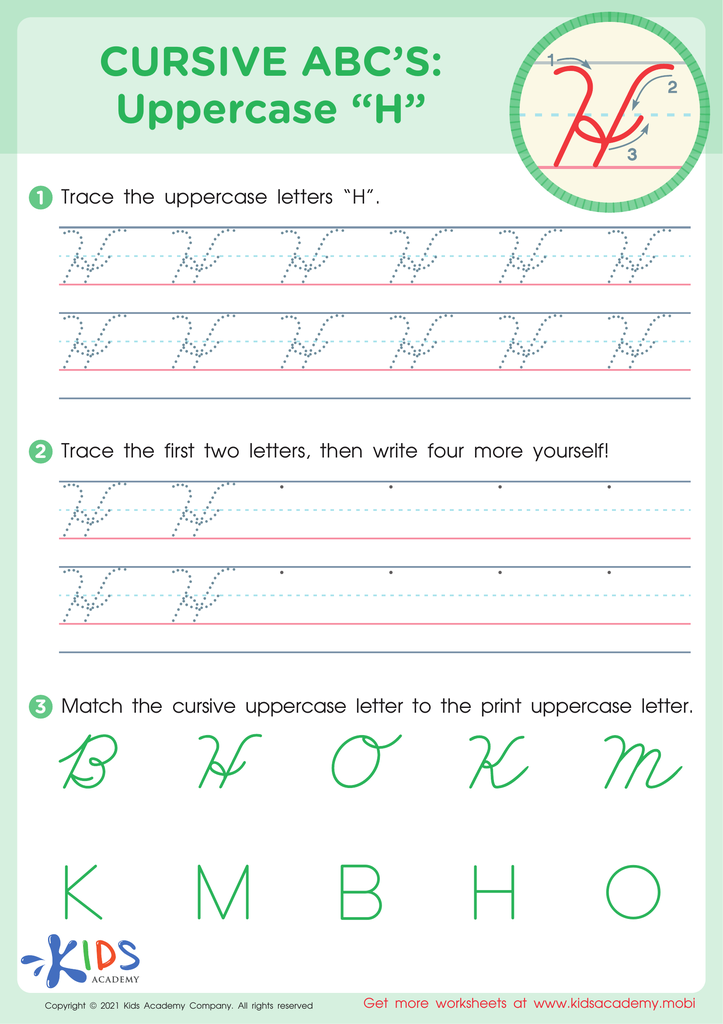

Cursive ABCs: Uppercase H
Cursive Writing worksheets activities for Grade 3 are an invaluable tool for young learners embarking on the journey of mastering cursive writing. At this critical stage in their educational development, third graders stand to gain significantly from the structured practice and guided learning that these worksheets provide. Engaging in Cursive Writing worksheets activities allows Grade 3 students to develop several key skills that are beneficial not only for their handwriting but also for their overall academic and personal growth.
Firstly, Cursive Writing worksheets activities for Grade 3 enhance fine motor skills. The continuous motions involved in forming cursive letters require control and precision, which in turn strengthen the muscles in the hands and fingers. This improved dexterity is beneficial for other school activities that require manual coordination, such as playing musical instruments or engaging in art projects.
Moreover, these worksheets promote improved writing speed and legibility. As students become more proficient in connecting letters fluidly, their ability to write quickly and neatly improves. This skill is particularly beneficial in later grades when note-taking becomes an essential part of learning.
Cursive Writing worksheets also aid in developing cognitive skills. The process of learning cursive writing involves memorization, pattern recognition, and the understanding of spatial relationships between letters and words. These cognitive exercises enhance memory, attention to detail, and visual perception skills.
Furthermore, mastering cursive writing can boost self-esteem and motivation. The sense of achievement students feel when they can write in cursive is immense. It instills a sense of pride and encourages them to take on new challenges with confidence.
In conclusion, Cursive Writing worksheets activities for Grade 3 are not just about learning to write in a particular style; they are about laying a foundation for academic success, cognitive development, and personal growth. Through these activities, students gain skills that benefit them far beyond the classroom, preparing them for the challenges of future learning endeavors.

